Cobblestones EarthCache
-
Difficulty:
-

-
Terrain:
-

Size:  (other)
(other)
Please note Use of geocaching.com services is subject to the terms and conditions
in our disclaimer.
Cobblestones
 Somewhere in Louisville, but not here
Somewhere in Louisville, but not here
Many of Louisville’s streets were originally paved in brick or cobblestone. Today, we occasionally can find a patch of cobblestones poking through damaged asphalt, but there are very few actual brick or cobblestone streets left in the city. It seems most will either love or hate cobblestone streets.
Since the beginning of civilization, man has felt the need to travel. Whether long distance or local, civilizations around the world constructed roads, paved with varied materials. Cobblestones have been a popular choice for streets and sidewalks for centuries. Chances are, if a city or town is more than 150 years old, there are cobblestones buried below layers of concrete and asphalt. If the citizens are particularly preservationist-minded, then some streets and sidewalks may be protected by the local historical society.
Cobblestones are made from highly durable stones, usually granite or basalt. They were usually dug from nearby areas and then cobbled, or roughly shaped into the size needed. The cobblestones were then set in sand or mortar. Sand allows the road to gently give to traffic, preventing the cracking associated with pavement or asphalt. Streets paved with cobblestones have proven their durability and longevity by showing up through worn out sections of paved roads throughout the world.
The term cobble is a geological term used to describe a stone of a particular size, which is approximately two and a half to ten inches Colors range from grey to black to purple, depending on the origin of the stone. Patterns in cobblestone streets depend on the creativity of the workers who designed the streets and installed the cobblestones.
By the end of the 19th century, cobblestones lost their popularity to newer techniques in street paving. The smooth surfaces of asphalt and concrete quickly became preferred, as they were easier and cheaper to install. Some people estimate that a cobblestone road costs four times as much to replace as an asphalt one.
Many people don’t like the bumpiness of a cobblestone road and complain about biking or pushing a stroller on a cobblestone sidewalk. But there are many who believe that the quality and aesthetics of a cobblestone road far surpass blacktop. Many European cities, towns and villages never quite got on board with the asphalt revolution, and to this day maintain beautiful and unique cobblestone streets and sidewalks, much to the delight of tourists and locals. In fact, a tourist would be hard pressed to find a city or town in Europe that doesn’t have surviving cobblestone roads or sidewalks.

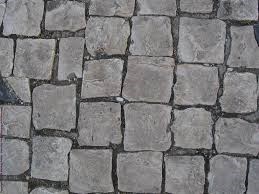
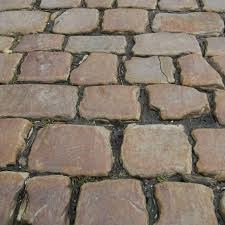
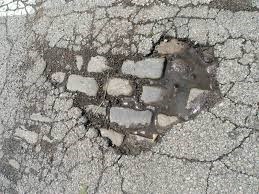
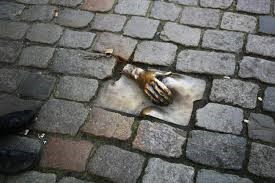
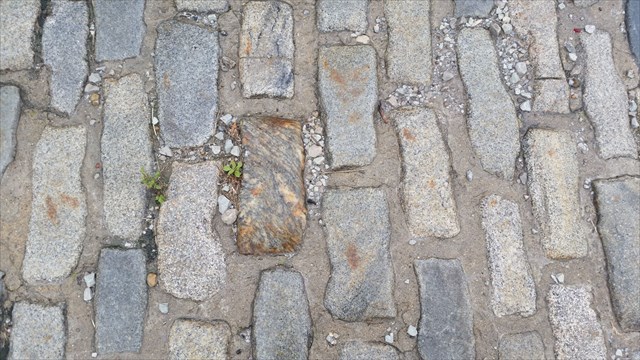
In the United States, preservationists have fought hard to protect what is left of cobblestone roads. Less than 5 "lane" miles of cobblestone road exist uncovered in Louisville, and many are fighting to add to it. Other American cities, such as Alexandria, VA, Huntley, IL and San Francisco, CA have grassroots movements to preserve their cobblestone roads.
______________________________________________________________
To log Cobblestones
To demonstrate the educational value of the Earthcache, please email correct responses to the following questions to ARF! via my profile page.
1. What type of stone has been cobbled here?
2. Which of the images in the above six-block match this location? (IMPORTANT)
3. Are these cobblestones set in sand or mortar?
4. Compare the condition of the modern road surface to the cobblestones. Which appears more durable?.
Do not post answers in your log. And no pics of the information source(s) please. As always, logs not followed by answers within 48 hours will be deleted as a courteous reminder. You can always log again when prepared.
________________________________________
See You Out There!
Additional Hints
(No hints available.)